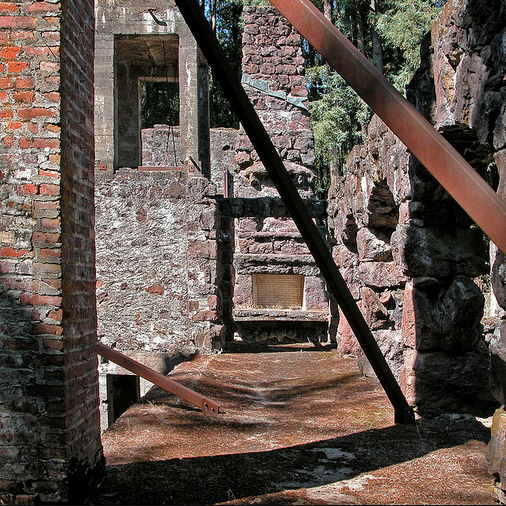By Paul Barrett and Casey Mills, California Northern
In early 2008, faced with a $16 billion state budget deficit, Gov. Arnold Schwarzenegger proposed an unprecedented closure of 48 state parks. Schwarzenegger promised months later that all state parks would remain open, though with further reduced staff, hours and maintenance.
In May of 2011, Governor Edmund G. “Jerry” Brown announced that 70 of California’s state parks – primarily those with the lowest attendance and revenue numbers – would be permanently closed.
Now, as the state begins to close the gates, the parks’ strongest – and perhaps only – hope for survival lies with the nonprofit sector and private philanthropy. Assembly Bill 42, authored by Bay Area Assembly member Jared Huffman and recently signed by Gov. Brown, allows parks to hand over operations to qualified nonprofit organizations if it means preventing their closure. For those parks able to find sufficient funding, things may go on largely as they have in the past. Those without funding will either shut down completely or continue on in a severely reduced capacity.
This is an edited version of a story from Issue 4 of California Northern. Purchase a copy online, calnorthern.net, to read the full version.
To read how public parks throughout the United States are being repurposed, read the “Parks for Sale” stories in InvestigateWest, http://www.invw.org/. InvestigateWest is an independent, nonprofit organization dedicated to the art and craft of investigative and narrative journalism.










